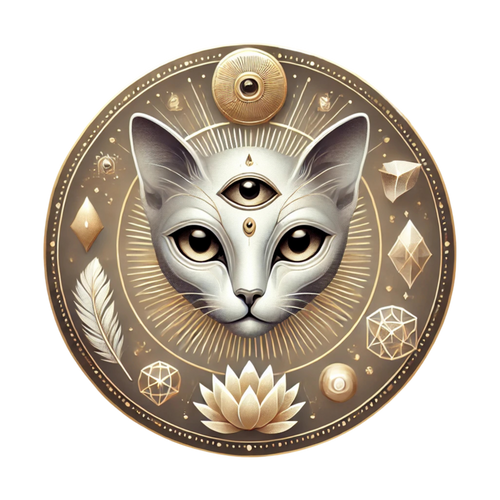Starseed Collective
Tibetan Chimes with the mantra Om Mani Padme Hung
Tibetan Chimes with the mantra Om Mani Padme Hung
Couldn't load pickup availability
Om Mani Padme Hum is the most frequently used mantra in Buddhism, recited by laymen as well as ordained nuns and monks. Whether you are new to meditation or a devout practitioner, Om Mani Padme Hum is an excellent mantra to recite in just about any context. According to the Tibetan tradition, all six syllables in the mantra are said to contain the sum of Buddha’s teachings.
Unfortunately, translating the mantra directly from Sanskrit to English doesn’t quite capture its spiritual significance, which is multilayered and nuanced. When translated literally, Om Mani Padme Hum means, “The jewel is in the lotus”, or “Hail to the jewel in the lotus,” a poetic but perhaps esoteric phrase to those of us unfamiliar with the deeper aspects of Buddhist philosophy. Here is what the 14th Dali Lama had to say about it...
“…the meaning of the six syllables is great and vast …. The first, OM … symbolizes the practitioner’s impure body, speech, and mind; it also symbolizes the pure exalted body, speech, and mind of a Buddha…. The path is indicated by the next four syllables. MANI, meaning jewel, symbolizes the … altruistic intention to become enlightened, compassionate and loving…. The two syllables, PADME, meaning lotus, symbolize wisdom…. Purity must be achieved by an indivisible unity of method and wisdom, symbolized by the final syllable HUM, which indicates indivisibility…. Thus the six syllables, om mani padme hum, mean that in dependence on the practice of a path which is an indivisible union of method and wisdom, you can transform your impure body, speech, and mind into the pure exalted body, speech, and mind of a Buddha….”
Share


